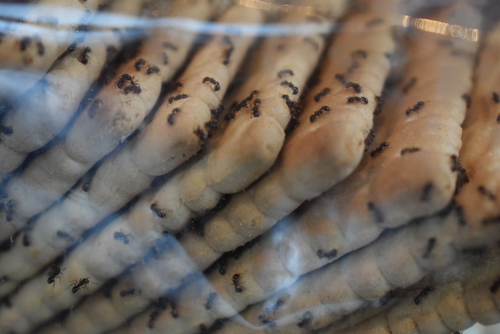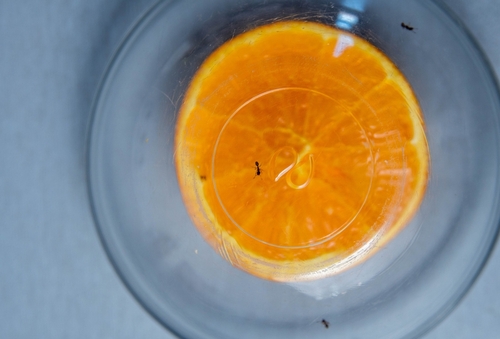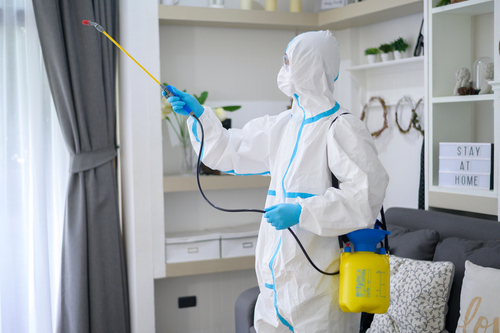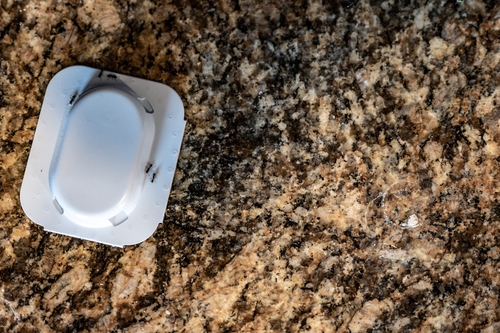


Managing Ant Infestations Strategies for Effective Ant Control
Managing Ant Infestations: Strategies for Effective Ant Control. Ant infestations can pose significant challenges for both homes and businesses in Singapore.
These tiny yet persistent creatures can create a nuisance and even lead to potential health risks.
In this comprehensive guide, we will delve into the world of ant control, providing invaluable strategies to manage and eradicate ant infestations effectively.
By understanding and behavior, identifying common ant species, recognizing signs of infestation, and implementing integrated pest management techniques, you can win the battle against these intruders!
Table of Contents
Ants are social insects that exhibit complex behavior patterns. They function as cohesive units within colonies, working together to secure food and shelter.
Foraging is a fundamental activity where worker ants explore their surroundings to find food sources.
These workers establish scent trails to guide others, leading to the discovery of food and its subsequent transportation back to the nest.
Establishing colonies is a key part of ant behavior, with specific castes responsible for tasks such as reproduction and colony defense.

In Singapore, several common ant species infiltrate homes and buildings.
The Crematogaster sp., known for its heart-shaped abdomen, is a frequent intruder. The Monomorium pharaonis, or Pharaoh ant, is recognized by its pale yellow color and small size.
The infamous Tapinoma melanocephalum, or ghost ant, has a translucent abdomen and is a skilled infiltrator.
Accurate identification is vital for tailoring effective control measures to each species’ unique attributes and nesting habits.
Detecting ant infestations early is crucial to prevent their escalation.
Common signs include visible ant trails, nests in cracks or crevices, and the accumulation of food debris.
Trails are often visible along walls or other surfaces, indicating the ants’ path to and from food sources.
Identifying nests is equally important, as they serve as breeding grounds for these pests.
Timely identification enables swift action to halt infestations before they become unmanageable.

Integrated Pest Management (IPM) is a holistic approach to ant control that emphasizes prevention, monitoring, and targeted treatments.
This multifaceted strategy combines chemical and non-chemical methods to achieve effective results.
Prevention involves modifying the environment to discourage ants from entering.
Regular monitoring allows for timely intervention, while targeted treatments focus on eradicating infestations without causing unnecessary harm to the ecosystem.
Preventing ant infestations requires proactive measures.

Natural repellents offer an environmentally friendly approach to ant control.
Common substances like vinegar, citrus peels, and cinnamon emit odors that ants find repulsive.
Strategically placing these items near entry points or infestation sites creates barriers that deter ants.
This method helps manage current infestations and deters future ones by making your environment less appealing to these pests.
Ant baiting is a potent method for controlling infestations. It involves attracting ants to poisoned bait, which they carry back to the colony.
This led to the extermination of the entire colony, including the queen.
Bait stations should be strategically placed along ant trails and near nests. Regular monitoring ensures the effectiveness of bait, allowing adjustments if needed.

For severe ant infestations, seeking professional assistance is recommended.
Pest control professionals possess the expertise to assess the situation accurately and devise tailored solutions.
Their interventions target the root causes of infestations, addressing both current concerns and potential future problems.
Even after professional treatment, ongoing prevention measures are crucial to maintain a pest-free environment.
While DIY solutions can be effective for minor ant infestations, their efficacy may wane in severe cases.
DIY traps, baits, and repellents can offer temporary relief but might not completely eradicate large colonies.
Regular monitoring is necessary to gauge the success of DIY efforts. Severe or persistent infestations should prompt consideration of professional intervention.
Non-toxic methods for ant control are gaining traction due to concerns about chemical pesticide effects on health and the environment.
Substances like diatomaceous earth and boric acid eliminate ants without harming humans and pets.
These alternatives offer peace of mind while contributing to a healthier living space.

Different areas of your home require targeted approaches to ant control.
In the kitchen, eliminate crumbs, seal food containers, and fix any leaks to discourage ants.
Bathrooms should be kept dry, as ants are drawn to moisture. Outdoors eliminate standing water and keep vegetation away from the house’s foundation.
You can effectively reduce their presence by focusing on areas prone to ant activity.
Ant colonies can be resilient, requiring ongoing efforts for successful control.
Persistence is key; regular monitoring and follow-up treatments are necessary to prevent re-infestations.
Maintain vigilance even after successful eradication, as new colonies may establish themselves.
Consistency in your approach will ensure a pest-free environment over the long term.
Addressing outdoor ant nests is vital for comprehensive control. Bait stations can be placed near nests to intercept foraging ants.
Repellents can also create barriers to prevent outdoor ants from entering the home.
Remember that outdoor and indoor control methods should complement each other to achieve optimal results.
Educating residents plays a crucial role in preventing ant infestations.
Raising awareness about ant behavior, identification, and prevention strategies empowers individuals to take proactive measures.
Providing accessible resources and information fosters a community-wide effort to combat infestations and maintain a pest-free environment.

In the ongoing struggle against ant infestations, knowledge, and proactive action are your most potent weapons.
By understanding ants behavior, identifying signs of infestation, and employing various control strategies, you can effectively manage these pests.
Prevention, early intervention, and persistence are key to lasting success.
Implementing the strategies outlined in this guide will help you overcome current infestations and ensure a harmonious living or working environment free from ant-related nuisances.
Are you seeking professional and reliable pest control services in Singapore? Contact us today!